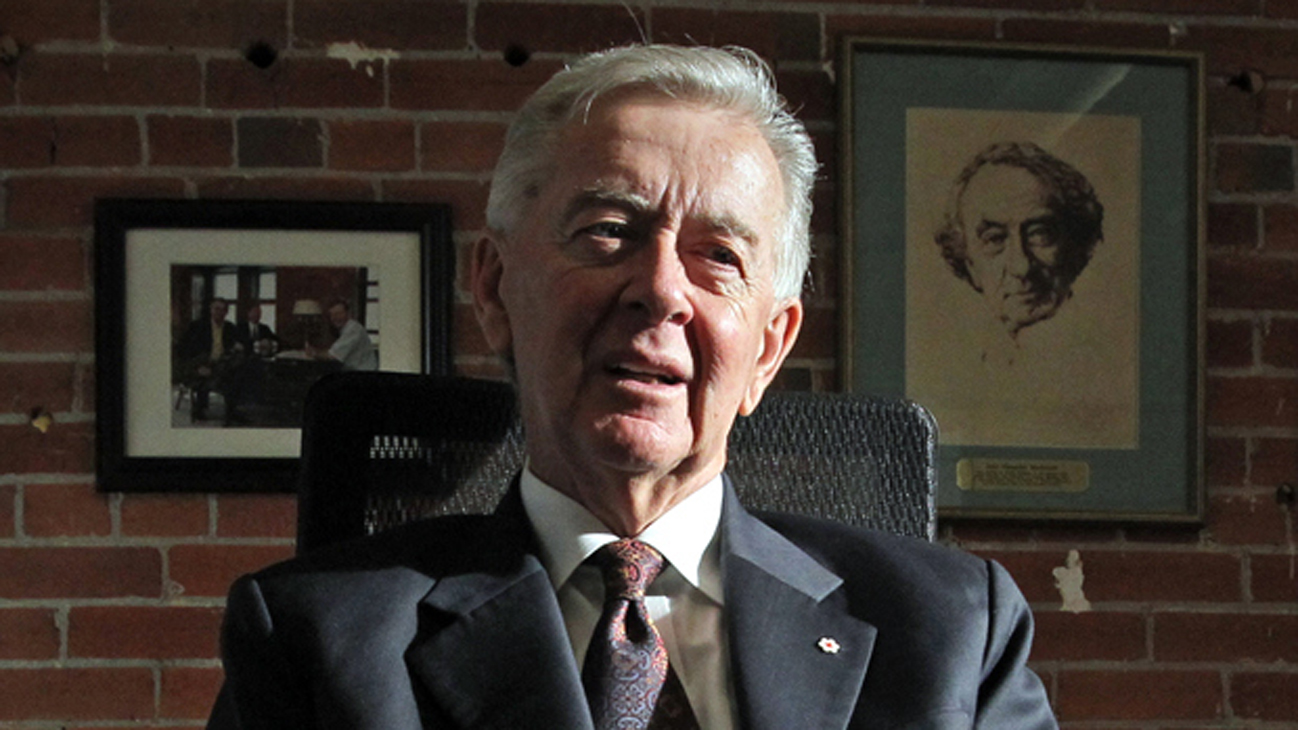In 1867, when Canada was born, our founding fathers created two unions – a political union by uniting the participating colonies under a federal constitution, and an economic union by eliminating the trade barriers between them to establish a national economy.
One hundred years later, when separatists in Quebec threatened to destroy Canada’s political union, prime minster Pierre Trudeau took drastic measures (including implementation of the War Measures Act) to preserve it. This year, as we celebrate Canada’s 150th birthday, economic separatists, in Quebec and British Columbia, for example, threaten to cripple Canada’s economic union by preventing the movement of resources across provincial boundaries. So what, if anything, is Prime Minister Justin Trudeau prepared to do to preserve Canada as an economic union?
Any declaration of war against interprovincial barriers to trade will require the Prime Minister to confront the Liberal government of his home province and the Liberal mayor of Montreal over their opposition to the Energy East pipeline. It would also mean tackling Quebec policies that have historically prevented the wheeling of electric power from Newfoundland and Labrador across Quebec to U.S. markets at non-discriminatory rates. And action to preserve Canada as an economic union will also require the Prime Minister to confront left-of-centre municipal and provincial politicians in British Columbia over their opposition to the expansion of the Trans Mountain pipeline, as well as tackling protectionist provincial policies and monopolistic practices in such varied areas as the beer trade, supply management and financial services.
Over the past two years, representatives of the federal and provincial governments have negotiated a Canadian Free Trade Agreement effective July 1. And while it is a step in the right direction, it also contains opt-out provisions and more than 100 pages of “exemptions” – protectionist measures the provinces will fight to keep in place.
Thanks to the Fathers of Confederation, who created the Canadian economic union in the first place, the federal government has the tools to combat interprovincial barriers to trade. These include the federal power to “regulate trade and commerce” – “regulate” including the power to remove trade barriers, and to declare particular “works and undertakings” to be “for the general advantage of Canada,” and thus under federal jurisdiction.
Whether Mr. Trudeau has the courage and the skill to exercise these powers wisely and justly in opposition to stiff protectionist interests remains to be seen – this being an issue that cannot be addressed by vacuous speeches and photo ops with celebrities.
One workable approach might be for the government of Canada to establish a federal authority with powers to investigate internal barriers to trade upon application by injured parties, to declare certain interprovincial infrastructure projects to be works for the general advantage of Canada, to issue orders for the removal of particular barriers to trade, and to reduce federal financial transfers to offending provinces until such removals occur. Care would be needed to ensure that the focus of such an authority would truly be on reconciling legitimate local, provincial and private-sector interests with the interests of the country as a whole, rather than on unilaterally imposing federal policies on the provinces in the name of the national interest.
Secondly, a national issue campaign – organized by those who favour domestic free trade and oppose interprovincial barriers – should be organized to educate the public about the costly impact of trade barriers on goods and services they regularly purchase. Such a campaign could, of course, generate the public support required to force a hesitant federal government to act.
Such a campaign should find allies in every region of the country. But it would be historically consistent if the first shot in the war against interprovincial trade barriers were to be fired from the Prairies, where one of the very first domestic free-trade rallies in Canada was organized in 1849.
At that time, the Canadian northwest was still under the jurisdiction of the Hudson’s Bay Company, which exercised a monopoly over all trade and commerce in the territory.
In defiance of that monopoly, a Métis trader named Guillaume Sayer went to Pembina in the United States and traded furs for goods that he brought back for resale in the HBC territory. He was promptly arrested, charged with the crime of “free trading,” and brought before the Court of Assiniboia for trial.
Fortunately for Sayer, the place and date of the trial coincided with the gathering of the Métis hunters for the spring buffalo hunt. The hunters, with their buffalo guns at hand, made it clear that they would not welcome a guilty verdict. And so, while the court considered Sayer to be technically guilty, it declined to fine or imprison him and he walked free.
The Métis rightly declared a victory for free trade, in celebration of which the buffalo hunters rode around the courthouse firing off their guns and shouting, “Le commerce est libre!” It is time again to campaign vigorously for genuine domestic free trade in Canada. Vive le commerce libre!

